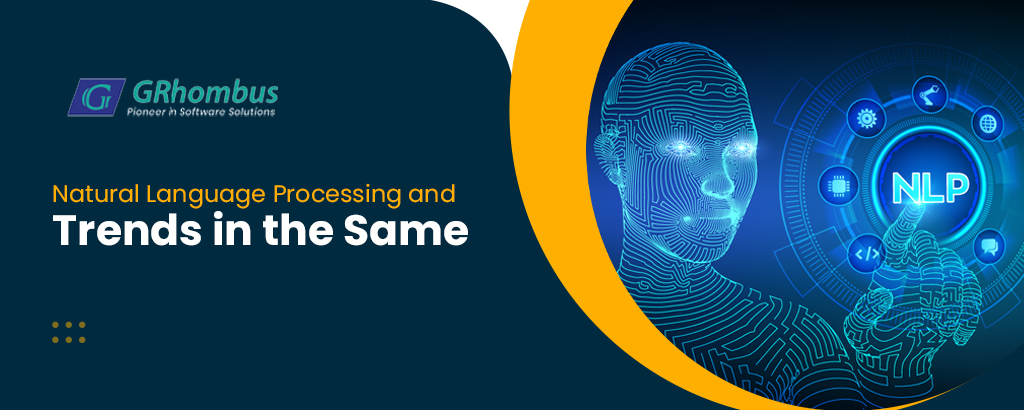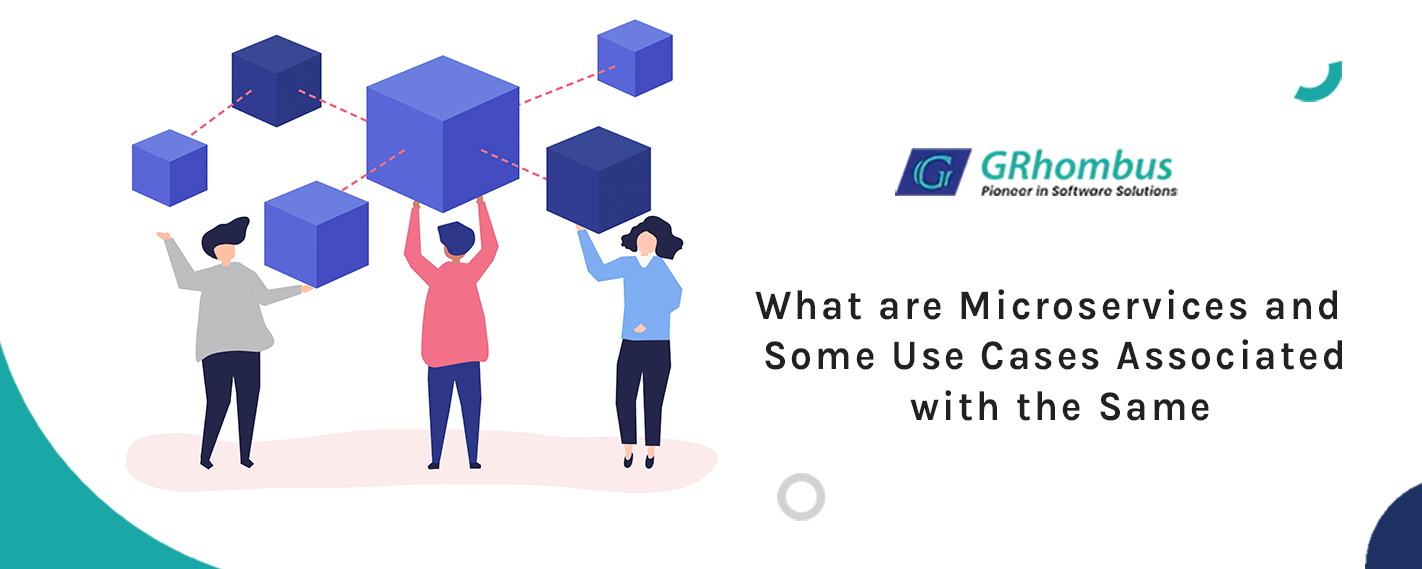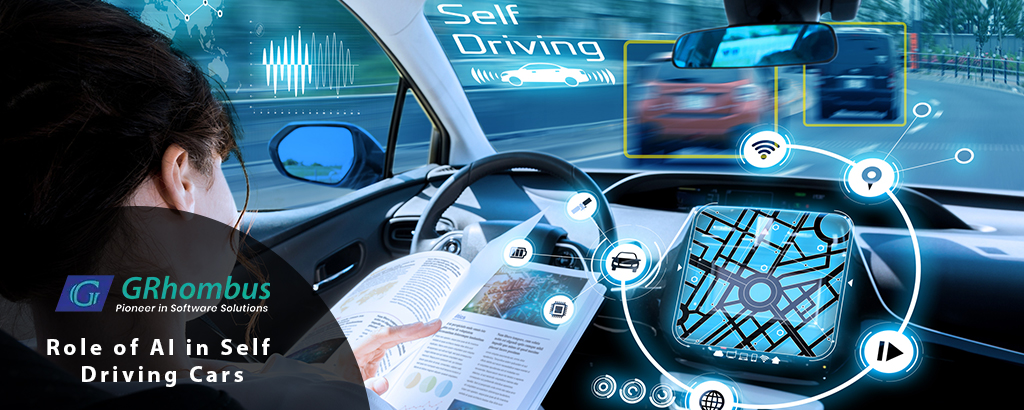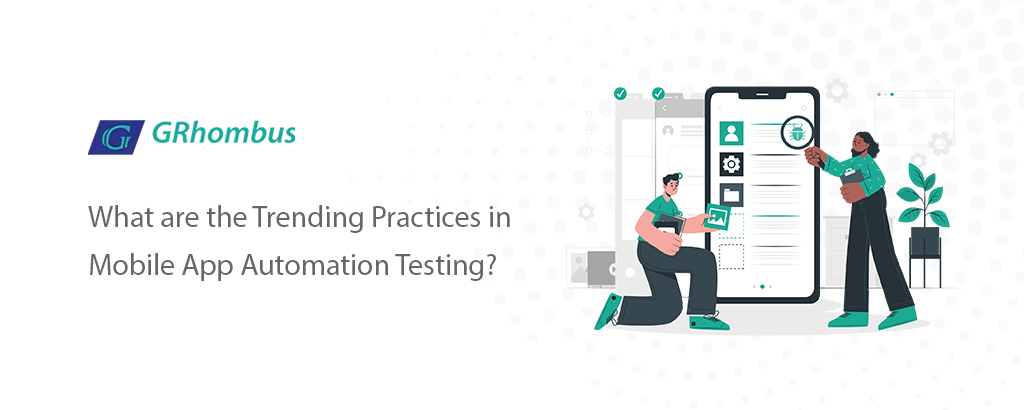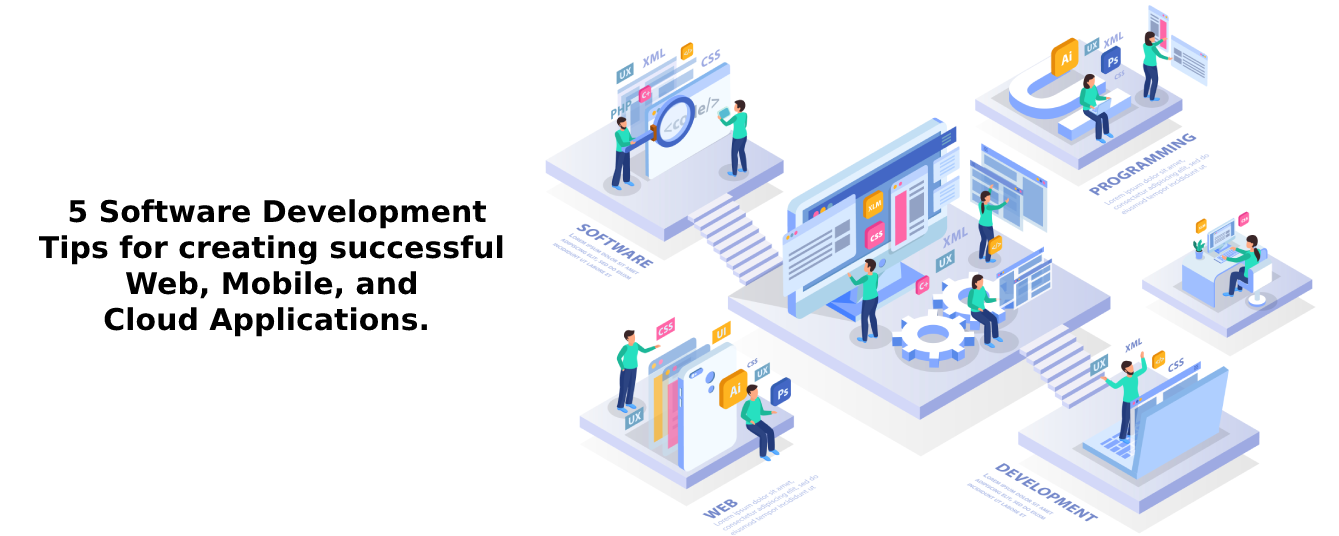Since time immemorial, humans have used language and speech as a medium of communication of thoughts. As computers evolved, they had their own programming languages and codes. Software became advanced over time and coupled with hardware advancements, the potential for computer applications became endless.
The next step in this evolution is the case of Natural Language Processing or NLP for short. It is a field of artificial intelligence (AI), whose aim is to help computers understand and interpret human languages. The understanding and interpretation by computers must be in a way that is useful, and it is possible by advanced models, algorithms and other related developments.
The main applications of NLP include areas like
- Machine-based translation
- Summarization of information
- Generation of text and language in a coherent manner based on various data sources. For example, writing about the performance of a company based on a summary of the balance sheet and other related financial data.
- Chatbots and conversational agents
And many more such applications.
As the best software development company in USA and a leading cyber security company in UK, GRhombus Technologies analyses the recent trends in NLP in the below blog.
1. Ethics
As AI gains traction, one of the key areas to address is how NLP models can be trained to avoid bias and remain ethical. There is also an inherent fear of systems acting recklessly to take decisions. This is especially true in the case of customer-facing applications like chat bots.
2. Privacy concerns
Along with ethics, privacy concerns associated with NLP also need to be addressed. This is still a grey area and there are discussions at multiple levels on how various aspects need to be handled.
3. Quick-learning models
Humans have the inherent ability to learn new things even when the data around the project is limited. The aim is to extend this to NLP with few shot and zero shot learning. This also applies to cases where the data set is limited like in low resource languages.
4. Transparency and accountability
As NLP finds a larger scope of applications, it is important for end users to understand how decisions are made. Insights need to be provided on how the model behaves and what its limitations are.
5. Transfer Learning
There are many cases where learning in one task can be applied to a related task. More research is being undertaken in this area to quicken the evolution of NLP.
6. Multilingual capabilities
Language limitations themselves become a barrier sometimes. For example, a person may understand and speak Chinese, but not Spanish. The context also varies between different languages. So, the aim with multilingual capabilities is to bridge the divide and provide better communication and understanding across different languages.
Overall, the focus is on improving the ethical aspects around NLP as well as expanding the application across different verticals.
About GRhombus Technologies
As a leading software development company in USA and a reputed Salesforce CRM customisation company, we understand the tenets of a business and tailor the solution to a required business need. We are also well-versed in the Force.com development platform and can undertake key customisation and advanced automation functions based on the business needs.
We are also one of the leading custom app development company in UK and we offer a one stop solution for developing Web, Mobile and Cloud based applications with a responsive design that suits specific business needs. Are you interested in engaging with us and growing your business to the next level? Contact us to fly on wings of change.
